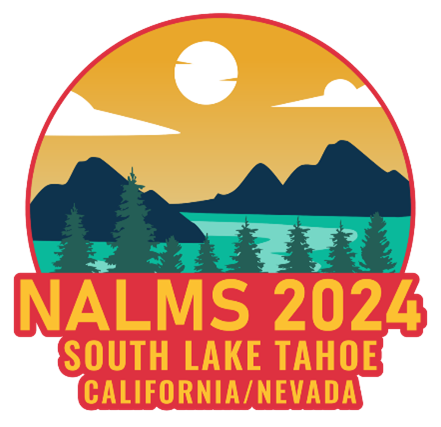
Authors: Mehrzad Shahidzadehasadi, Thomas J Mathis, Nguyen T K Linh,
Bui Minh Hoa, Wei-Cheng Wu, Tran Duc Kien, and Paul M Craig
Dates: November 5-8, 2024
Location: South Lake Tahoe, CA/NV
Urban water bodies face increasing challenges due to climate change and anthropogenic influences. This study presents a comprehensive hydrodynamic modeling approach to understand and manage temperature dynamics in Lake Washington and the Lake Washington Ship Canal (LWSC) system. A hydrodynamic model was configured and rigorously validated to simulate the complex interactions within these water systems over a three-year period. Results indicate the model's ability to accurately replicate observed water surface elevations, temperatures, and salinity patterns, highlighting its credibility in capturing intricate hydrodynamic behaviors.

Furthermore, the study explores scenarios of cold-water supplementation in the LWSC, demonstrating the efficacy of such interventions in reducing temperatures, particularly during critical migration periods for salmon. Future improvements to the model include refining diffuser placement and configuration to optimize temperature reductions and evaluating alternative strategies such as shoreline shading and lock operation modifications.
Additionally, the study assesses the potential impacts of hypolimnetic water withdrawal on the thermal structure of Lake Washington. Despite large withdrawals, results suggest minimal impacts on the lake's thermal structure, attributed to factors such as annual mixing cycles and relatively low residence times.
This research provides valuable insights for managing temperature dynamics in urban water systems, informing decision-makers and stakeholders about effective strategies to mitigate temperature-related challenges and preserve ecosystem health.
Let us know if you have questions or interest in this topic. We hope to see you at the conference.